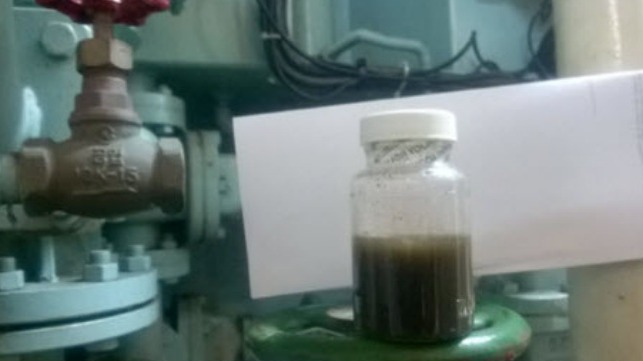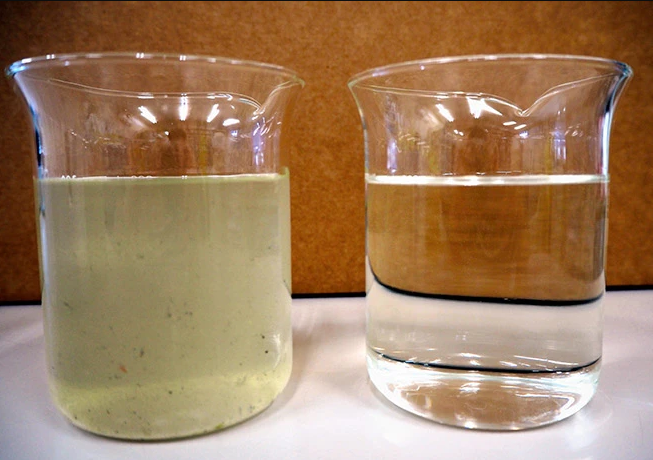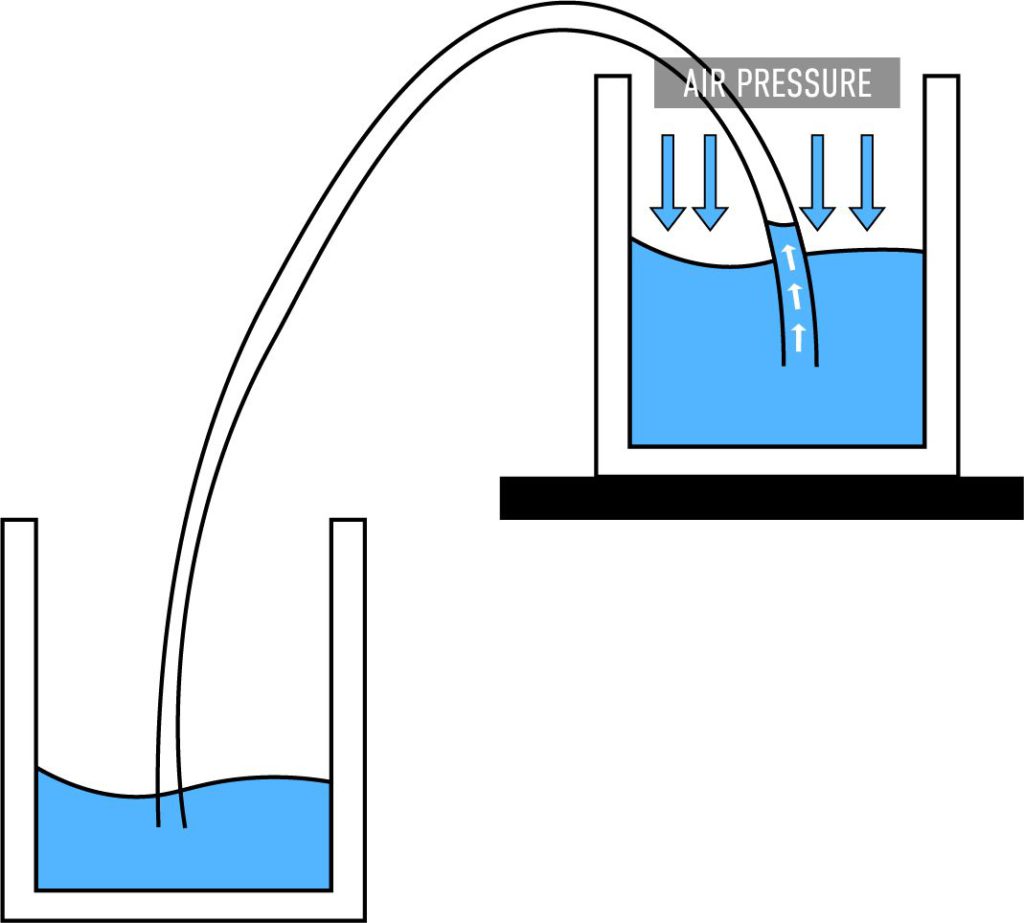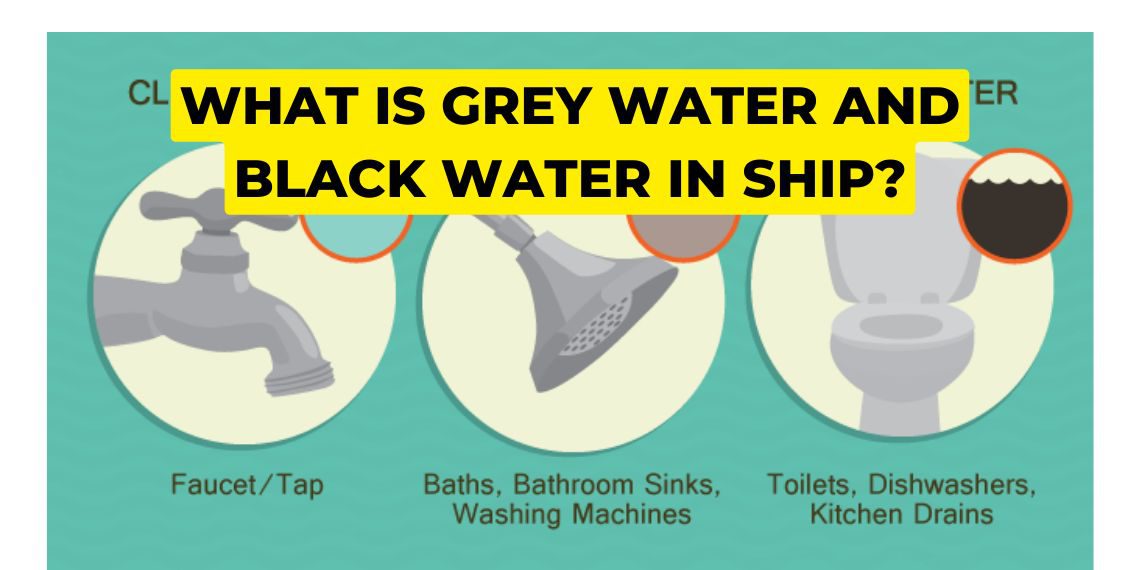What is Grey water and Black water in ship? | What is siphoning effect?
Onboard ship sewage system is divided into two parts one is black water and another one is grey water:
Black Water:

Black water is wastewater that originates from toilets and contains human waste (excreta and urine). This water is typically goes to the sewage treatment plant and stored in dedicated holding tanks on the ship until it can be properly treated and discharged in accordance with international regulations. Black water is dirtier than grey water.
Grey Water:

Grey water is wastewater generated from sources other than toilets. It includes water from sinks, showers, baths, laundry facilities, and galley sinks (where dishes are washed). Grey water may contain soaps, detergents, food particles, and other substances but does not contain human waste. As grey water is less dirty than black water therefore regulation are slightly comfortable than black water.
Grey water has two ways, if one valve is opened it will discharge the water overboard if it is clean water and no regulations are there. But in some countries and ports like USA, they are very strict and won’t let your wash water coming out. So we keep the valve in shut condition and open the other valve which guides the water to the Grey Water Tank of 42 cubic meter capacity and once we leave the port we ca discharge it overboard.
Special case:
Apart from all the cabins we have a special location i.e. the hospital, in hospital all the sewage water weather it is from wash basin or toilet all your water goes into the sewage treatment plant so that the water can be disinfected because this water can have a lot of germs, somebody might have got severe illness. So this water get treated in sewage treatment plant and then it has got two ways it can either go overboard or if the ports have strict rules regulations like USA then it is stored in Sewage Holding Tanks of 30 cubic meters capacity.
What is siphoning effect?

The siphoning effect, also known as a siphon or siphoning action, refers to a phenomenon where a liquid flows from a higher level to a lower level through a tube or pipe without the need for any external pumping or suction. This effect occurs due to differences in fluid pressure caused by gravity and the specific configuration of the siphon.
To understand the siphoning effect, let’s use a bucket as an example. Imagine you have two buckets placed next to each other on the ground, one higher than the other. You want to transfer water from the higher bucket to the lower bucket using a tube.
Here’s how the siphoning effect works:
- Fill the higher bucket with water.
- Place one end of the tube into the water in the higher bucket, ensuring it is submerged.
- Keep the other end of the tube lower than the surface level of the water in the higher bucket, and direct it into the lower bucket.
- Create an initial flow of water through the tube by sucking on the end of the tube that’s in the lower bucket. This creates a partial vacuum inside the tube.
- Once the water starts flowing, it will continue to flow on its own, even if you remove your mouth from the tube. This happens due to the siphoning effect.
The siphoning effect occurs because of the pressure difference between the two ends of the tube. The weight of the water in the higher bucket creates a higher pressure at the bottom of the bucket and the submerged end of the tube. As a result, the pressure at the submerged end is higher than the pressure at the other end of the tube, which is exposed to the atmosphere. This pressure difference causes the water to flow from the higher bucket, through the tube, and into the lower bucket. The liquid is essentially pulled by gravity, filling the tube and continuing the flow until the water level in the higher bucket drops below the tube’s end.
The siphoning effect is widely used in various applications, such as transferring liquids between containers, draining water from tanks or pools, and even in certain plumbing systems.
Note:
If you want to learn more about this topic, we suggest checking out our Combo package with the given link https://www.merchantnavydecoded.com/courses/c/ . It’s a great way to dive deeper into the subject through video explanations. This package covers all the important details and presents them in an easy-to-understand format. Watching the videos will help you grasp the topic better and make learning more enjoyable. So, we highly recommend giving our Combo package a try to enhance your knowledge on the subject.
Disclaimer :- The opinions expressed in this article belong solely to the author and may not necessarily reflect those of Merchant Navy Decoded. We cannot guarantee the accuracy of the information provided and disclaim any responsibility for it. Data and visuals used are sourced from publicly available information and may not be authenticated by any regulatory body. Reviews and comments appearing on our blogs represent the opinions of individuals and do not necessarily reflect the views of Merchant Navy Decoded. We are not responsible for any loss or damage resulting from reliance on these reviews or comments.
Reproduction, copying, sharing, or use of the article or images in any form is strictly prohibited without prior permission from both the author and Merchant Navy Decoded.



